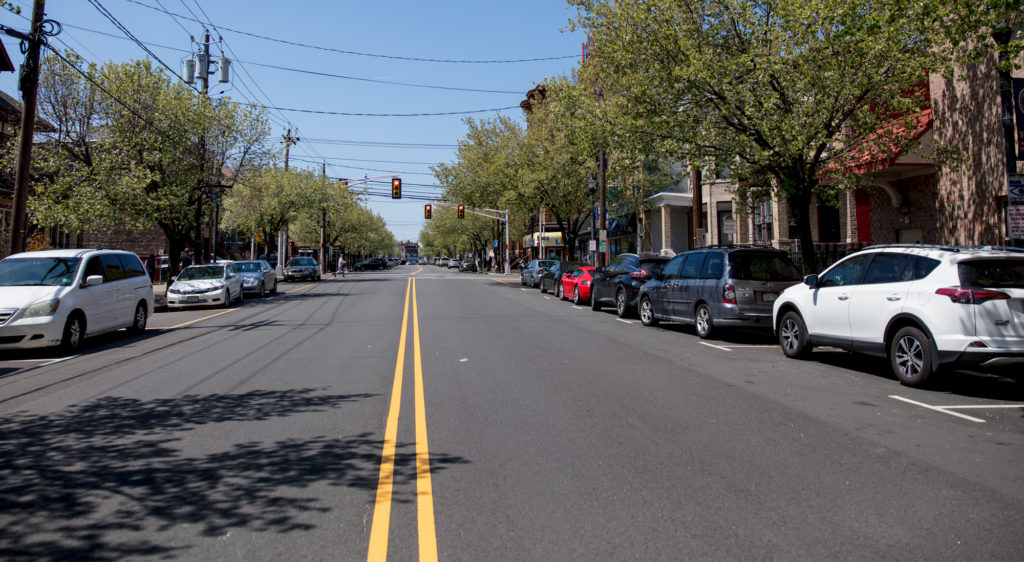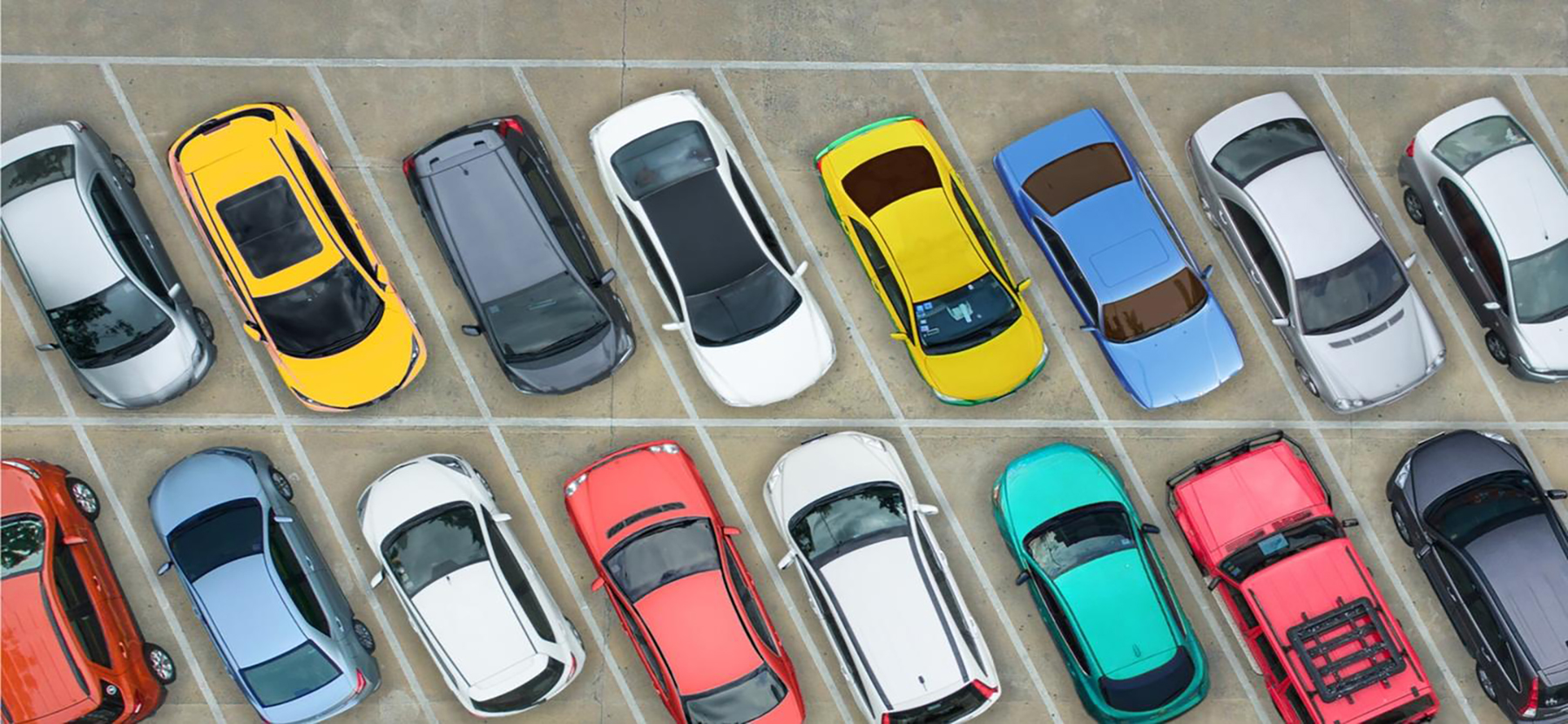This is a question my friends and I like to throw at each other whenever we’re visiting a new-to-us restaurant, bar, or other entertainment location. Sure, the place sounds cool, but is it going to be a pain to park there? This is something that happens more and more as the Central Ohio area continues to grow.
What are cities doing?
With continued growth and increased density comes the need for more parking but less room to provide parking. Does that make sense? Of course. Developers want density and many cities are coming around to the benefits density creates. Developers generally want to build as much as they can with the space they have. It is why residents in high-density, increasingly developing areas like the Short North have a parking shortage, and they’re not happy about it! This has forced municipalities like the City of Columbus to develop Strategic Parking Plans in historically residential areas that are seeing increases in parking demand due to adjacent development density. The recently adopted City of Columbus Strategic Parking Plan can be found here. The parking plan includes research conducted, proposed permit parking programs, proposed pay-to-park plans, etc.
Strategic Parking Plans sound great, but will they work?
Only time will tell, but, one thing is for sure: free parking is more expensive than paid parking. Now you might say, “What? That doesn’t make sense.” Let us explain. Drivers want convenience. We’ve been brought up in an automobile dominated Country with so much available land and space that providing excessive amounts of parking spots has been easy. We’ve been conditioned to think there should be ample parking anywhere we go. So much so that municipalities have minimum parking requirements for development. The pressure for developers and municipalities to provide enough parking increases the footprint of developments altogether. Consequently, larger development footprints equal more space between developments and longer traveling distances. It also leads to the unsightly “seas of parking” we see at bigger stores; most unused. The impacts of sprawling development are increasing our need for vehicular-only travel and increasing our impacts on undeveloped, natural land.

Where are we going?
Municipalities and other governmental agencies are finally understanding that density is key to a healthy city; that we need to build up and not out. This reduces or eliminates sprawling development, but, for now, we’re still in an automobile dominated society, remember? Most of us can’t just stop using our vehicles and walk two hours to work every day. This is a transition that will take time.
So, what else can be done? It sounds like we’re starting to head in the right direction.
- Parking studies for new development and redevelopment allowing on-street parking to count as part or all of their parking requirement. Understanding the existing and future parking demand in areas as small as one block is vital.
- Increased parking fees in higher demand areas. This forces people to utilize other forms of transportation in areas where parking is scarce.
- Eliminate parking requirements for high-density development, and increase public transit availability around high-density development.
- Incorporate development boundaries for municipalities. Let’s expand upward, not outward.
- Provide parking hubs in high-density areas. This provides parking for those traveling a distance greater than 1-5 miles, but encourages other modes of transportation to get from parking hubs to various locations.
- Require garages and not parking lots. These are often the parking hub. This allows less land to be used for parking and allows for higher building density.
- Increase research and education on the amount of parking needed at different types of developments. Many parking requirement codes in municipalities are outdated and require far too many spaces be built.
- Transportation professionals should continue to work with developers and municipalities on how to best get people from A to B without depending on a motor vehicle.
Carpenter Marty Transportation can provide parking variance studies now required by some Central Ohio agencies. Check out our Services page and let us know how we can help serve you and your transportation needs.
Drew Laurent
Planner
dlaurent@cmtran.com



